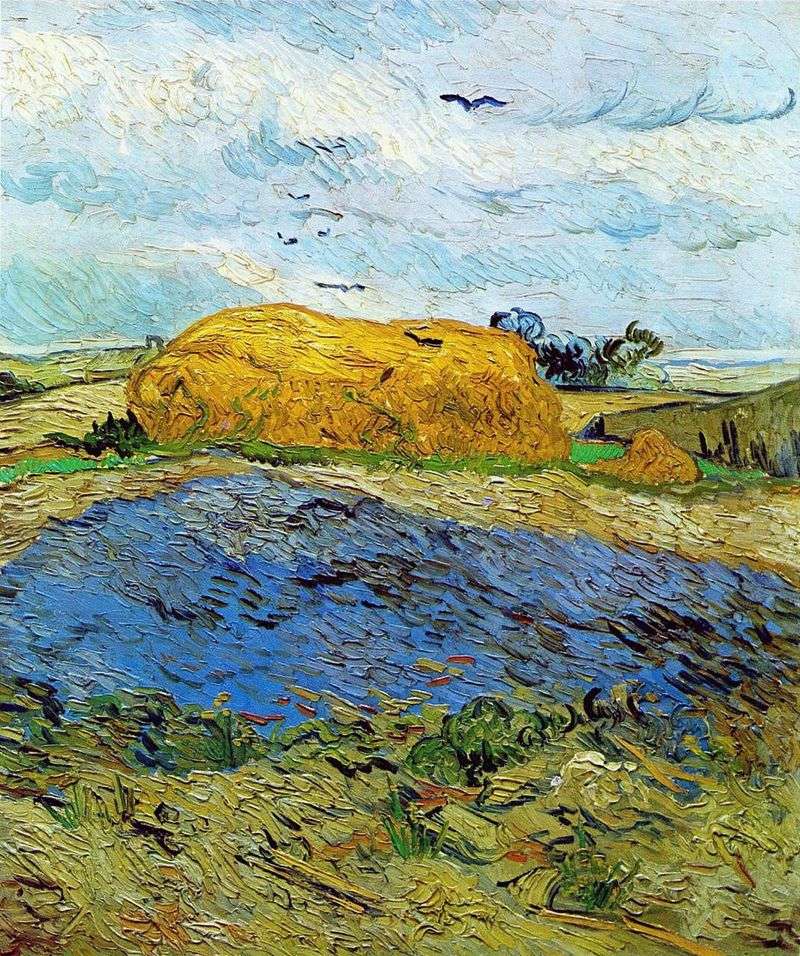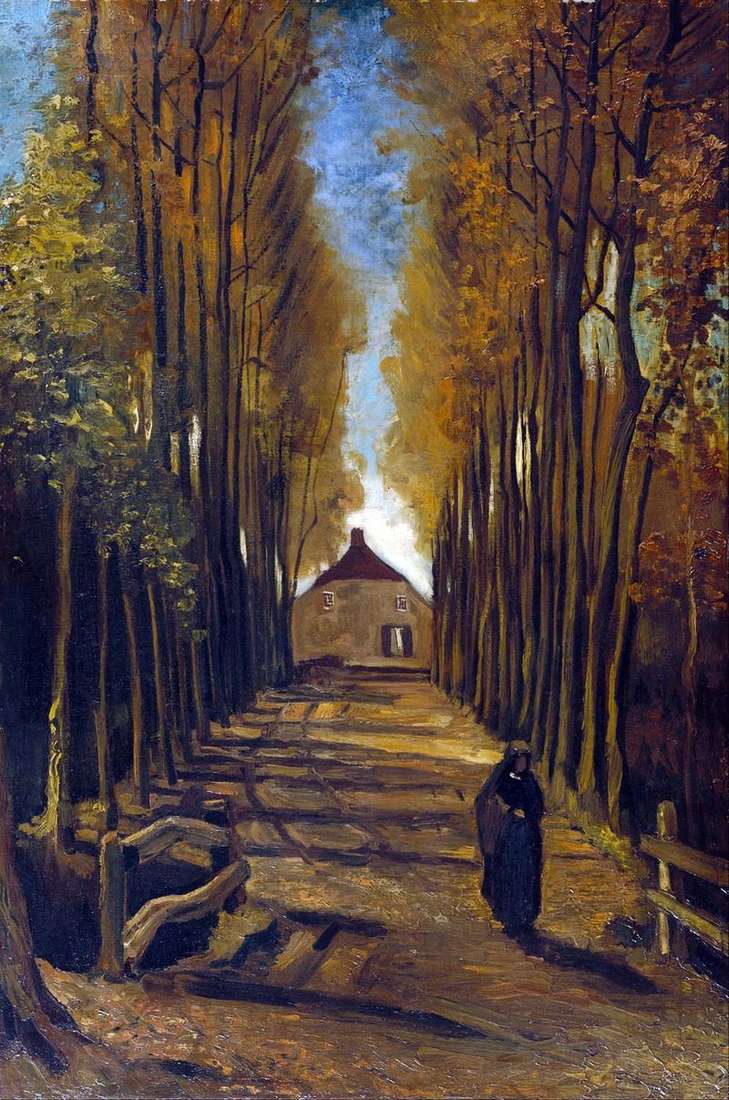
For the first time, the theme of the sower Van Gogh is drawn in 1880, when he wrote a copy of the same picture by Jean-Francois Millet. Later, already being in Arles, the artist creates several paintings on this topic. For Van Gogh, the man who cultivates and soweth the land was a symbol of the infinity of life, where the processes of growth, flowering and gathering of fruits continuously alternate among themselves.
This canvas of 1888 is one of the attempts to reveal the image of the sower in the context in which he saw the artist. The painting is distinguished by an open composition. Almost the whole space of the canvas is plowed land, thus the author emphasizes its infinite importance. The field is written in yellow, which in Van Gogh becomes a symbol of life.
This color is enhanced by smears of pure blue paint, which creates the illusion of reflecting the sky. Written in this way, the field seems to lose materiality, becomes intangible and weightless. It is rather an image embodying the infinity and incomprehensibility of life. The peasant, on the other hand, is written in rough generalized spots of dark shades. His figure seems quite small against the background of an infinite field, but he walks along it with a wide confident gait, throwing wheat grains into the ground.
 Sower by Vincent Van Gogh
Sower by Vincent Van Gogh The Sower by Vincent Van Gogh
The Sower by Vincent Van Gogh Green wheat ears by Vincent Van Gogh
Green wheat ears by Vincent Van Gogh View of Paris from Vincent’s Room at Rue Lepic II by Vincent Van Gogh
View of Paris from Vincent’s Room at Rue Lepic II by Vincent Van Gogh Haystacks in the rainy sky by Vincent Van Gogh
Haystacks in the rainy sky by Vincent Van Gogh Red vineyards in Arles by Vincent Van Gogh
Red vineyards in Arles by Vincent Van Gogh Poplar Alley in Autumn by Vincent Van Gogh
Poplar Alley in Autumn by Vincent Van Gogh Self-portrait in a gray felt hat III by Vincent Van Gogh
Self-portrait in a gray felt hat III by Vincent Van Gogh